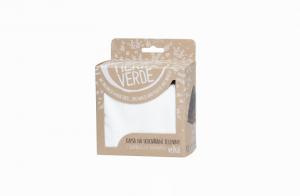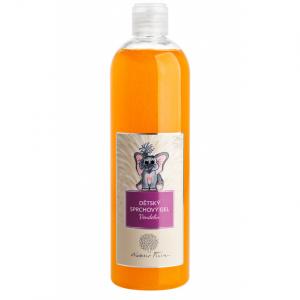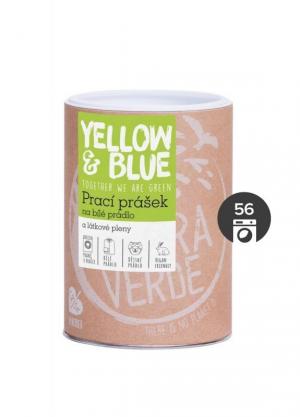Japanese winged warbler (Reynoutria japonica)
Harm score: 1 (Natural substances)
Japanese knotweed, also known as channeled wrack, is a perennial, highly competitive herb that is considered an invasive species in many countries around the world. It is native to Japan, Korea and China, from where it was introduced to Europe as an ornamental plant in the 19th century. Today it is found in many areas, including North America, New Zealand and Europe, where it threatens local habitats with its aggressive expansion.
It can be easily identified by its distinctive appearance, with a stem up to three metres tall, broad leaves and small white flowers. Japanese Knotweed is well known for its use in medicine and cosmetics. Its antibacterial and antioxidant properties have been demonstrated. The plant also contains resveratrol, a substance known for its beneficial effects on aging skin and heart disease, and is therefore a common ingredient in many skin care creams and serums. Moreover, in Japan, Japanese knotweed is used as a traditional medicinal plant. It is recognised as a plant with wide therapeutic potential, for example in the treatment of burns, eczema or cancer.
You won't find this substance in our products. Try the natural, chemical-free products in our range.

Vegetable storage pocket - large (1 piece) - pocket
Product detail
Baby shower gel Vendelin 500 ml
Product detail